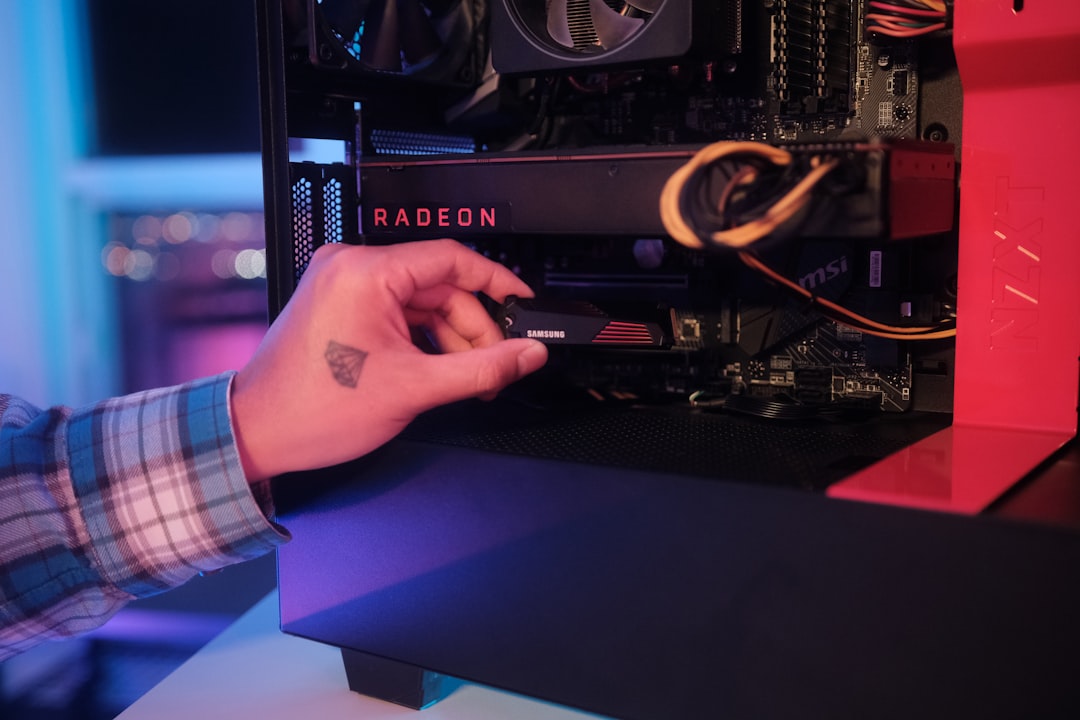What is it about?
Sodium bismuth titanate [(Na1/2Bi1/2)TiO3 or NBT] and its solid solutions are one of the mostly investigated lead‐free candidate ferroelectric materials. A broad dielectric peak with a slim hysteresis loop was present for hafnium‐ or zirconium‐doped samples. Electrostrictive coefficient of hafnium‐doped (Na1/2Bi1/2)TiO3 ceramics were found to be 0.032 m4/C2, which is much larger than that of PMN‐based electrostrictive materials.
Featured Image
Why is it important?
Lead‐oxide‐based poly or single crystal ferroelectric ceramics made from Pb(Zr,Ti)O3(PZT), Pb(Mg1/3Nb2/3)O3‐PbTiO3 (PMN‐PT) and Pb(Zn1/3Nb2/3)O3‐PbTiO3 (PZN‐PT) have been widely used as piezoelectric actuators and sensors. It has been shown that at compositions close to the morphotropic phase boundary these materials exhibit superior electromechanical properties.1However, lead oxide evaporation during processing and because of its toxicity, alternative lead‐free piezoelectric materials have been demanded. Among them, sodium bismuth titanate [(Na1/2Bi1/2)TiO3 or NBT] and its solid solutions are one of the mostly investigated lead‐free candidate ferroelectric materials. As high piezoelectric coefficients were reported for NBT single crystals, it is considered as a promising lead‐free piezoelectric material.
Read the Original
This page is a summary of: Electrical Properties of Lead-Free Na1/2Bi1/2TiO3Relaxor Ferroelectric Ceramics Doped with Hafnium or Zirconium, Journal of the American Ceramic Society, March 2015, Wiley,
DOI: 10.1111/jace.13550.
You can read the full text:
Contributors
The following have contributed to this page










